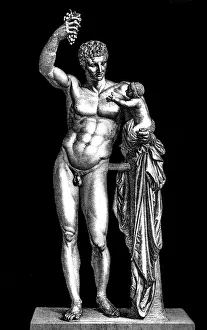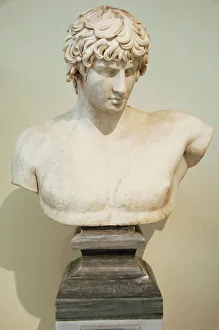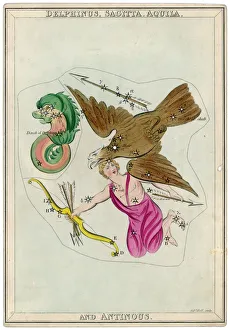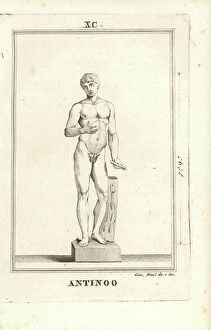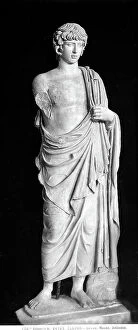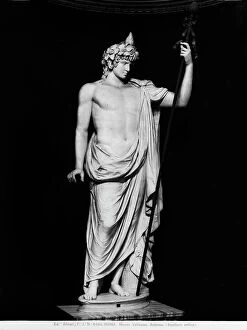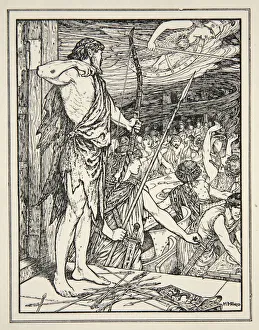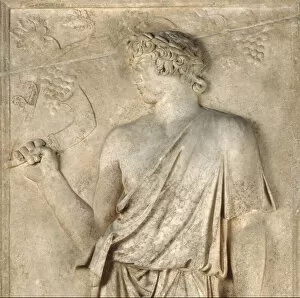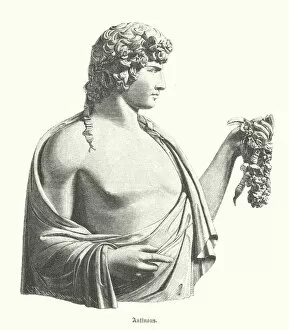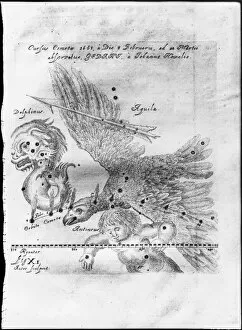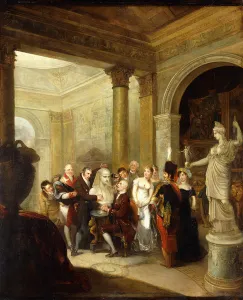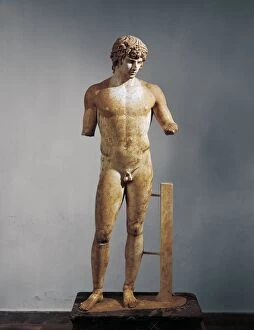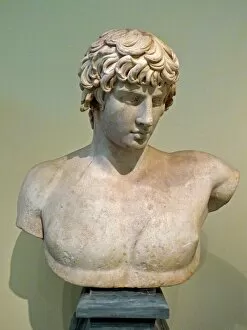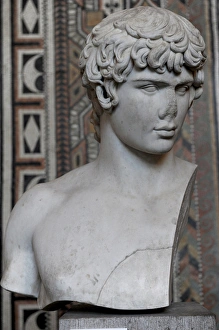Antinous Collection
Antinous, a figure deeply rooted in history and sculpture, holds a significant place in the ancient world
All Professionally Made to Order for Quick Shipping
Antinous, a figure deeply rooted in history and sculpture, holds a significant place in the ancient world. Believed to be the favorite and probable lover of Roman Emperor Hadrian, Antinous's story captivates us even today. One notable depiction is seen in "Hermes and the Infant Dionysus. " This sculpture showcases his beauty and grace as he embodies the youthful god. Another remarkable artwork is "The Arrow Star Map, " which adds an astronomical touch to his legacy. With origins dating back to between 110 and 115 AD, Antinous's existence remains shrouded in mystery. However, digital reproductions from an 18th-century original allow us glimpses into this enigmatic persona. The Ludovisi collection houses several representations carved from Carrara marble. These sculptures showcase his allure and charm that once bewitched Emperor Hadrian himself. A portrait discovered at Villa Adriana further immortalizes Antinous's image. Created between 130 and 138 AD, it now resides within Rome's National Museum, reminding us of his enduring presence throughout history. Intriguingly, one particular representation shows him with an Egyptian influence - the Head in Egyptian style made from red quartzite. This fusion highlights both cultural exchange during ancient times as well as Antinous's versatility as a subject for artistic interpretation. Furthermore, Andrew Lang's ink-on-paper illustration titled "Ulysses Shoots the First Arrow at the Wooers" features our protagonist prominently amidst tales of Greek seas. This inclusion speaks volumes about how far-reaching his legend has become beyond just Roman society. Lastly, we encounter another facet portrayed as Silvanus - a deity associated with forests and nature. This transformation emphasizes not only his physical beauty but also connects him to divine realms beyond mortal comprehension. Through these various depictions spanning centuries, we catch glimpses into who this beloved figure truly was.

